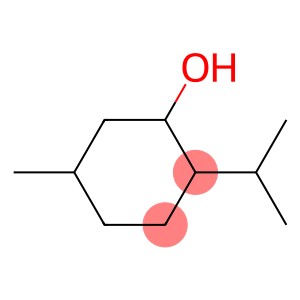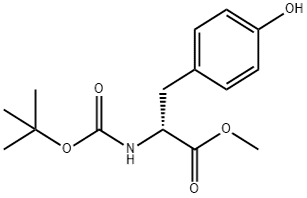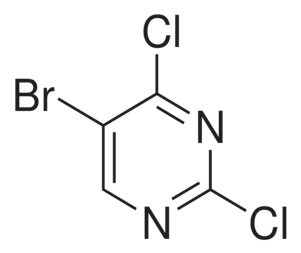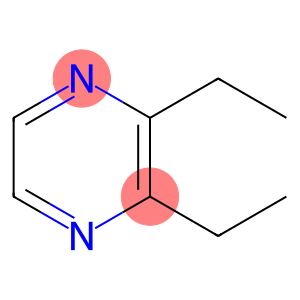D-menthol CAS 15356-70-4
| Risk Codes | R37/38 – Irritating to respiratory system and skin. R41 – Risk of serious damage to eyes R48/20/22 - R40 – Limited evidence of a carcinogenic effect R38 – Irritating to the skin R22 – Harmful if swallowed |
| Safety Description | S36/37/39 – Wear suitable protective clothing, gloves and eye/face protection. S36 – Wear suitable protective clothing. S26 – In case of contact with eyes, rinse immediately with plenty of water and seek medical advice. |
| UN IDs | UN 1888 6.1/PG 3 |
| WGK Germany | 2 |
| RTECS | OT0525000 |
| HS Code | 29061100 |
D-menthol CAS 15356-70-4 Information
Physical
Appearance and smell: At room temperature and pressure, D-menthol presents as a colorless and transparent needle-like crystal, with a rich and refreshing mint aroma, which is highly recognizable and is the signature fragrance source of peppermint products. Its crystal morphology makes it relatively stable during storage and not easy to deform and adhesion.
Solubility: It has poor solubility in water, following the principle of “similar solubility”, it is easily soluble in organic solvents such as ethanol, ether, chloroform, etc. This solubility characteristic determines the way it is added in the formulation process, for example, in products that use alcohol as a solvent such as perfumes and skin care products, D-menthol can be well dispersed and dissolved, and the cooling smell is evenly released.
Melting and boiling points: Melting point 42 – 44 °C, boiling point 216 °C. The melting point range clarifies the transition conditions of its state of matter near room temperature, and it can be melted into a liquid state slightly higher than room temperature, which is convenient for subsequent processing. The higher boiling point ensures that it can exist stably and is not prone to volatile loss in conventional distillation and other separation and purification operations.
Chemical properties
Redox reaction: As an alcohol, D-menthol can be oxidized by a strong oxidizing agent, such as acidic potassium permanganate solution, to produce the corresponding ketone or carboxylic acid derivatives. Under mild reduction conditions, it is relatively stable, but with a suitable catalyst and hydrogen source, its unsaturated bonds theoretically have the potential to be hydrogenated and change the molecular saturation.
Esterification reaction: It contains high hydroxyl activity, and it is easy to esterify with organic acids and inorganic acids to generate various menthol esters. These menthol esters not only retain their cooling properties, but also change their aroma persistence and skin-friendliness due to the introduction of ester groups, and are often used in fragrance blending.
4. Source and preparation
Natural source: A large number of mint plants, such as Asian mint, spearmint mint, through plant extraction, the use of organic solvent extraction, steam distillation and other processes, the mint leaves in the enrichment, separation, to obtain natural quality products, favored by the pursuit of natural ingredients of consumers.
Chemical synthesis: D-menthol with a specific three-dimensional configuration can be accurately constructed through asymmetric synthesis, catalytic hydrogenation and other complex fine chemical methods using suitable terpenoids as starting materials, which can meet the needs of large-scale industrial production and make up for the lack of natural yield.
use
Food industry: As a food additive, it is widely used in chewing gum, candy, soft drinks and other products, giving it a cool taste, stimulating taste receptors, bringing a refreshing and pleasant eating experience, and greatly enhancing the attractiveness of the product in the hot summer.
Daily chemical field: In daily chemical products such as toothpaste, mouthwash, skin care products, shampoo, etc., D-menthol is added, which can not only refresh the mind by smell, but also bring instant soothing feeling to users because of the cooling sensation produced by contact with the skin and mucous membranes, and cover up the bad odor.
Medicinal uses: Topical application of preparations containing D-menthol can produce a cooling and anesthetic effect on the surface of the skin, relieving itching and slight pain on the skin; The menthol nasal drops can also improve nasal ventilation and reduce congestion and swelling of the nasal mucosa.








